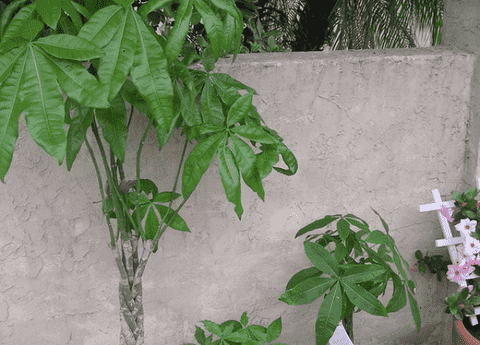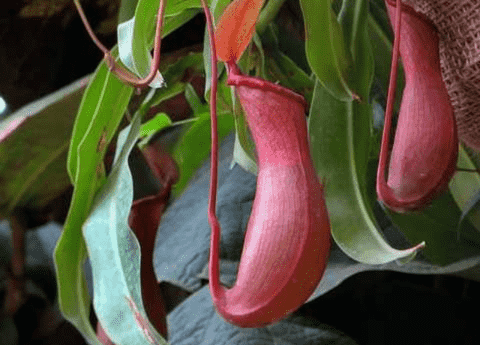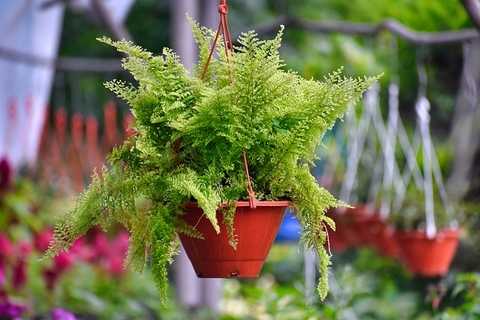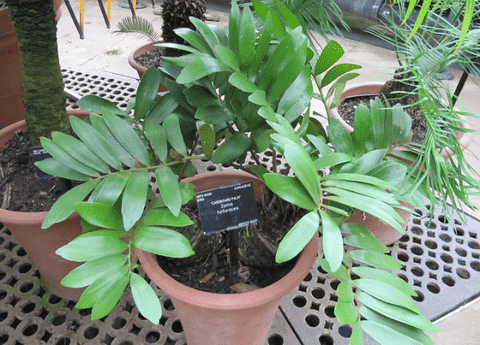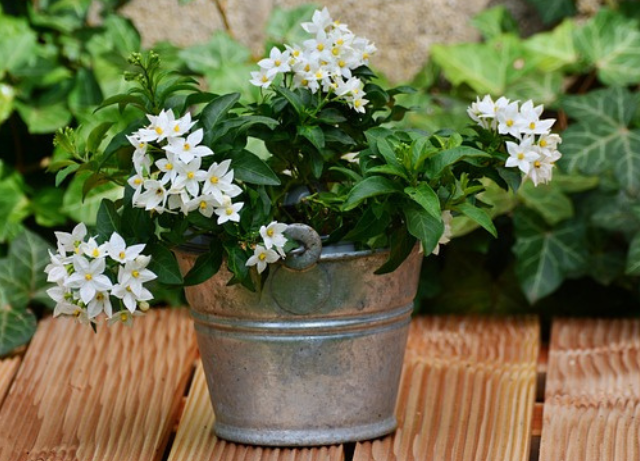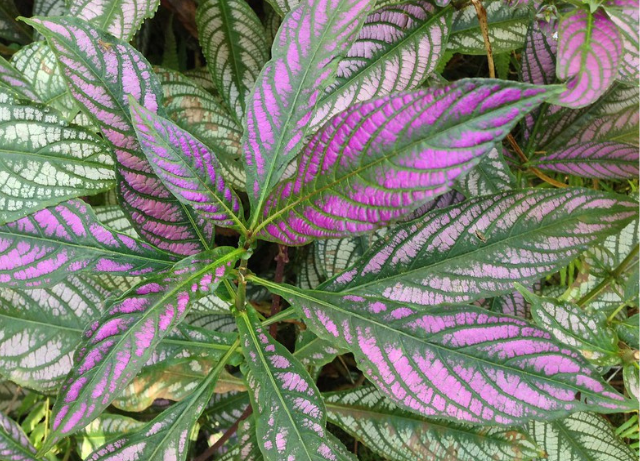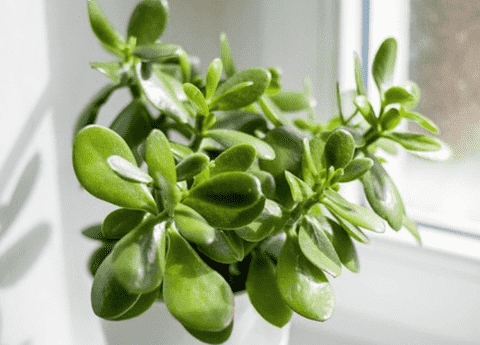Money Tree Care: Everything You Need to Know for Thriving Indoor Plants
Cultivating a Money Tree indoors can be both a rewarding and aesthetically pleasing endeavor for any gardening enthusiast. Renowned for its braided trunk and lush, vibrant foliage, the Money Tree is not only a symbol of good fortune but also an easy-to-care-for houseplant. With the right guidance on watering, light conditions, and maintenance, even novice gardeners can enjoy the beauty and benefits of a thriving Money Tree. In this guide, we will delve into essential tips and practices to ensure your Money Tree flourishes in its indoor environment.
Introduction to Money Tree Care
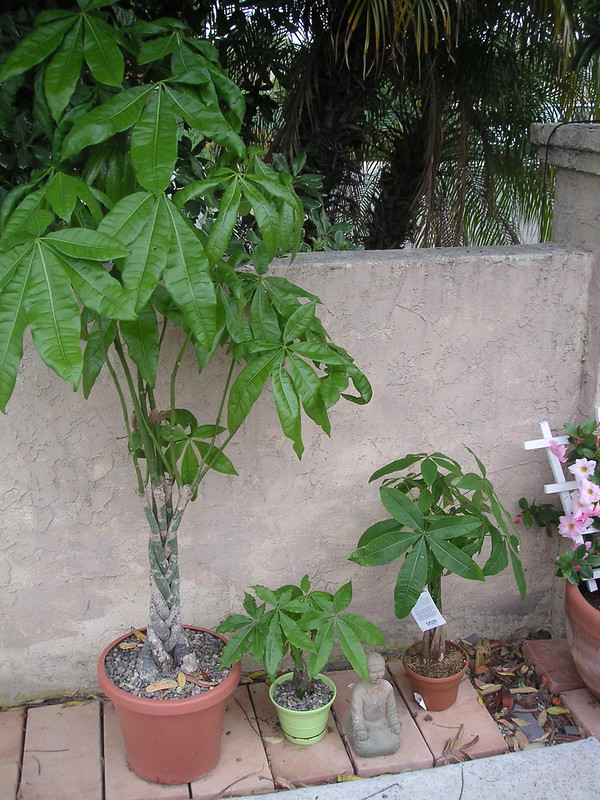
Why Choose a Money Tree?
Money Trees, or Pachira aquatica, are popular choices for indoor plants due to their attractive appearance and relatively low maintenance needs. These plants are known for their braided trunks, which can add a unique, decorative touch to any room. Moreover, the Money Tree is believed to bring good luck and prosperity, making it a favorite in homes and offices alike. In addition to their aesthetic and symbolic appeal, Money Trees are also excellent air purifiers, helping to improve indoor air quality. Their durability and adaptability make them suitable for various indoor conditions, ensuring that they thrive even in less-than-ideal environments. For both novice and experienced gardeners, the Money Tree offers a blend of beauty, symbolism, and practicality that few other houseplants can match.
Basic Characteristics of Money Trees
Money Trees are tropical plants that originate from Central and South America. They can grow up to 60 feet tall in their natural habitat, but when cultivated indoors, they usually reach a more manageable height of 6-8 feet. The plant’s most distinctive feature is its braided trunk, which is often created by intertwining multiple young stems while they are still pliable. The leaves are bright green and glossy, appearing in clusters of five, which some believe symbolize the five elements of feng shui—wood, water, metal, fire, and earth. Money Trees are also known for their resilience and adaptability, able to thrive in various indoor conditions as long as they receive adequate care. They prefer well-draining soil and are tolerant of occasional watering lapses, making them an excellent choice for both busy individuals and those new to plant care.
Essential Care Tips
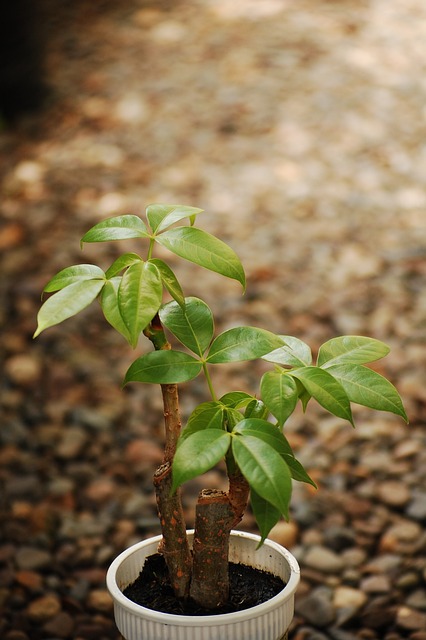
Ideal Light Conditions
Money Trees thrive best in bright, indirect light. They prefer to be placed near a window where they can receive ample sunlight without being exposed to direct rays, which can scorch their leaves. East or west-facing windows are ideal, providing the plant with sufficient light throughout the day. If natural light is limited, Money Trees can also adapt to fluorescent lighting, making them suitable for office environments. However, it’s important to rotate the plant regularly to ensure even growth and prevent it from leaning toward the light source. While they can tolerate low light conditions for short periods, prolonged exposure to insufficient light can lead to leggy growth and diminished health. By maintaining the right light conditions, you can help your Money Tree remain vibrant and robust.
Watering Schedule
Ensuring your Money Tree receives the right amount of water is essential for its well-being. These plants thrive best when their soil is allowed to dry out a bit between waterings. Typically, watering once every one to two weeks is sufficient, but this can vary depending on the indoor climate and the season. During the growing seasons of spring and summer, the plant may require more frequent watering, while in the dormant winter months, watering can be reduced. Always check the top inch of soil; if it feels dry to the touch, it’s time to water. Overwatering can lead to root rot, a common issue with Money Trees, so ensure the pot has proper drainage to prevent water from accumulating at the bottom. Using water at room temperature is ideal, as cold water can shock the roots. By adhering to a consistent watering schedule, you can help your Money Tree thrive year-round.
Proper Soil and Fertilization
Choosing the right soil is fundamental for the well-being of your Money Tree. These plants thrive in well-draining, peat-moss-based soil that can retain some moisture without becoming waterlogged. A standard potting mix with added perlite or sand can enhance drainage and prevent root rot. When it comes to fertilization, Money Trees benefit from a balanced, water-soluble fertilizer applied during the growing seasons of spring and summer. Fertilize once a month, diluting the fertilizer to half the recommended strength to avoid over-fertilizing, which can harm the plant. In the fall and winter, reduce or halt fertilization as the plant’s growth slows down. Regularly checking the soil’s condition and adjusting your fertilization schedule accordingly will ensure that your Money Tree receives the nutrients it needs to grow robustly and maintain its lush foliage.
Common Problems and Solutions
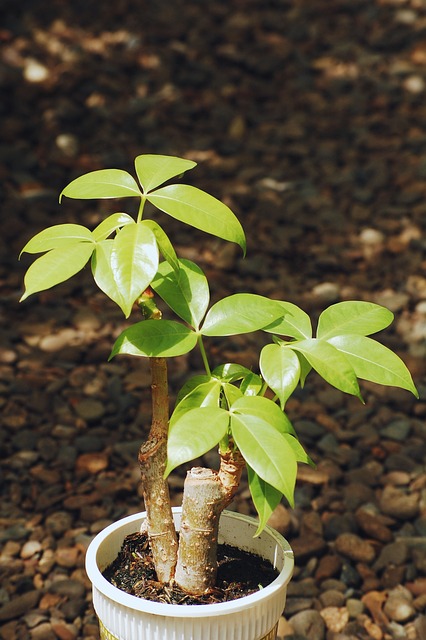
Dealing with Pests
Although Money Trees are relatively hardy, they can still fall prey to common houseplant pests such as spider mites, aphids, and mealybugs. Regularly inspecting your plant for signs of infestation, such as discolored leaves or webbing, is crucial. If pests are detected, the first step is to isolate the affected plant to prevent the pests from spreading to others. For light infestations, wiping the leaves with a mixture of water and mild dish soap can often do the trick. Neem oil is another effective, natural remedy that can be sprayed on both the leaves and soil. For more severe infestations, insecticidal soap may be necessary. Always follow the manufacturer’s instructions to avoid damaging your plant. Consistently maintaining a clean environment and checking your plant can significantly reduce the risk of pest issues and help your Money Tree stay healthy and vibrant.
Recognizing and Treating Diseases
Diseases can occasionally affect Money Trees, but early detection and treatment can prevent serious damage. Root rot is a common issue, often caused by overwatering or poor drainage. Symptoms include yellowing leaves, a mushy trunk, and an unpleasant odor from the soil. To treat root rot, remove the plant from its pot, trim away affected roots, and repot it in fresh, well-draining soil. Another potential issue is powdery mildew, which appears as a white, powdery substance on the leaves. This can be treated with a fungicide or a mixture of baking soda and water. Leaf spots, characterized by brown or black spots on leaves, can be managed by removing affected leaves and improving air circulation around the plant. Regularly inspecting your Money Tree and maintaining proper care routines will help you recognize and address diseases promptly, ensuring the plant remains healthy and vibrant.
Preventing Leaf Drop
Leaf drop is a common concern for Money Tree owners and can be caused by several factors, including improper watering, sudden changes in environment, and low humidity. To prevent leaf drop, ensure that your plant receives consistent care. Avoid overwatering by allowing the soil to dry out slightly between waterings and ensure the pot has adequate drainage. Sudden changes in temperature or light can also stress the plant, leading to leaf drop. Keep your Money Tree in a stable environment, away from drafts and direct sunlight. Additionally, maintaining a humid environment can help, as Money Trees prefer higher humidity levels. You can increase humidity by placing a humidifier nearby or setting the plant on a tray of water and pebbles. Regularly misting the leaves can also be beneficial. By providing consistent care and maintaining a stable environment, you can minimize the risk of leaf drop and keep your Money Tree healthy and thriving.

